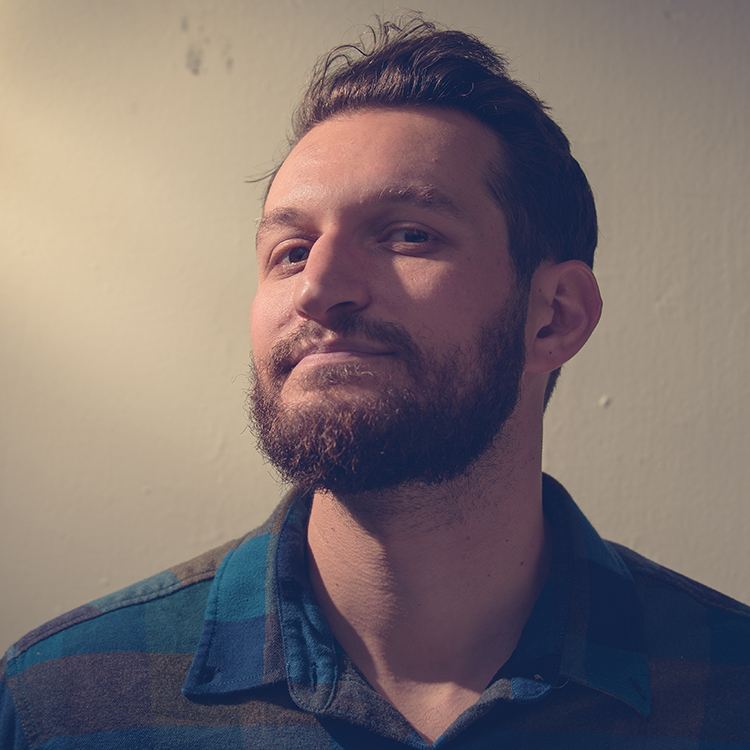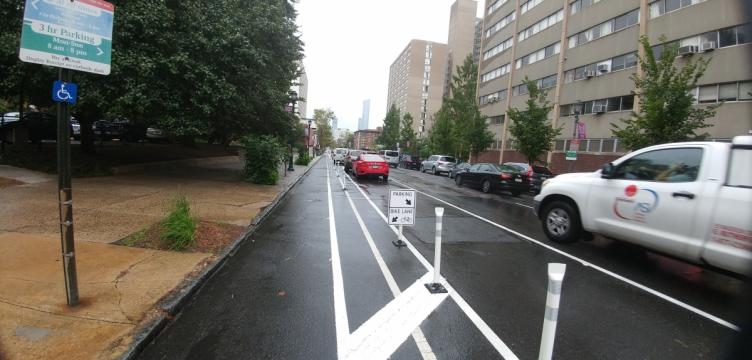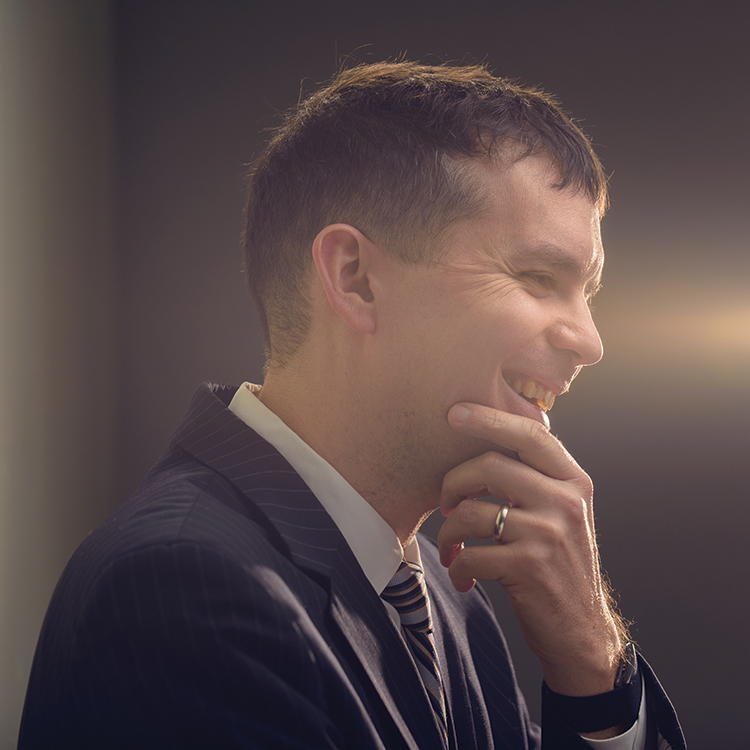More than 150 people met at the Gershman Y in April to discuss subtle safety changes to the bike lanes on Spruce and Pine streets. Not everyone was on board.
For example, the Society Hill resident who told me that, first, we need to regulate what cyclists wear: Too many cyclists do not wear high-visibility neon clothing, and that’s a hazard to everyone else.
“I’m not sure I’ve ever heard of a cyclist hurting someone because they were wearing dark clothing,” I said with a shrug.
She insisted, though, she knew people who had been hit by out-of-control cyclists wearing dark clothing.
“Who?” I asked.
She couldn’t remember. But it happens.
This was a common refrain throughout the night. Many people were worried about out-of-control cyclists, but no one could remember anyone getting hurt by one.
After a pause: “My husband.”
“Your husband was hit by a bicyclist?” I asked.
“No,” she said. “A car.”
“Your husband was hit by a car?”
“Twice!” she said. “Once, the person just kept going.”
If you’re confused by the exchange, you’re not alone. Getting hit by a driver doesn’t seem a reason to regulate the color of cyclists’ pants. But too often, this is what passes for debate around transportation issues.
Just a year earlier, some Washington West residents, worried the city was going to make Spruce and Pine streets safer, theorized that cyclists using bike lanes would carry explosives in their backpacks and commit terrorism; others asked why cyclists didn’t pay gasoline taxes like other citizens who use streets for transportation.
The issue of selective memory of cyclists’ bad behavior is not unique to Philadelphia, and has been analyzed and studied around the world where two-wheeled transportation has caught on. And though no one’s come to a conclusion on what motivates anti-cyclist rage, many have pretty solid ideas.
Timaree Leigh Schmit, best known in Philadelphia as a sex columnist, has used her psychology training to understand the hostility toward bikers, and explains that anti-bicyclist sentiment is part of both group identity and a lack of empathy.
“The reality is that most cyclists use other forms of transportation, so they understand the motivations, they understand what it’s like to be a driver and what it’s like to walk around the city,” she tells me.
So, when a cyclist sees someone crossing the street at a red light, they shrug at it because they’ve done it, too. When someone who frequently drives sees a motorist make a right on red where it’s not allowed, well, they’re likely to let that pass, too, because they’ve made a right on red before, and if there’s no one coming, no big deal.
“But so many people who are drivers don’t have the same experience as cyclists,” Schmit says. “So, they don’t have the empathy to tap into why someone is behaving that way.”
British psychologist Tom Stafford, who studied this issue in a 2013 piece for the BBC, has a theory: Drivers think cyclists “offend the moral order.”
The moral order says that society exists because of mutually agreed-upon cooperation. And cyclists disrupt that cooperation. This is often explained as the “free rider” (no pun intended) problem.
A societal free rider is someone who does not necessarily hurt you, but “cheats” at the “game of coordination where we have to rely on each other to do the right thing.”
Though the rest of us are unaffected by the free rider, the free rider still has to pay a price. In Philadelphia’s case, that means fewer safe spaces in which to travel.
Randy LoBasso is the communications manager at the Bicycle Coalition of Greater Philadelphia.









